Minimise your infection risk
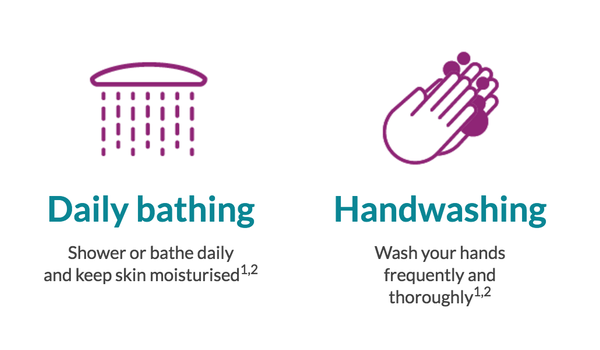
There are several simple precautions you can take to help minimise your infection risk during periods of neutropenia following chemotherapy, which focus on limiting your exposure to bacteria and fungi1
When the number of neutrophils and other white blood cells decrease following chemotherapy the risk of infection rises
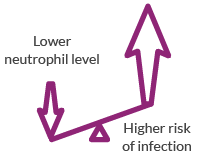
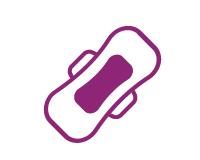
Female hygiene
Women should use sanitary towels instead of tampons2
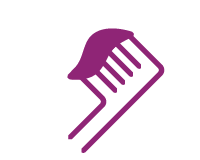
Oral hygiene
Use a soft toothbrush for cleaning your teeth and gums1
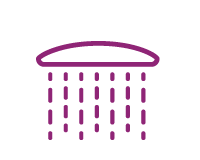
Daily bathing
Shower or bathe daily and keep skin moisturised1,2
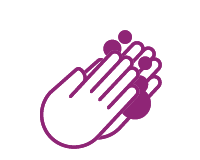
Handwashing
Wash your hands frequently and thoroughly1,2
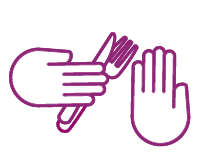
Avoid sharing
Do not share food, drink, or utensils with other people2
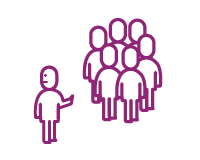
No crowded spaces
Avoid crowded spaces and contact with those who are ill1,2
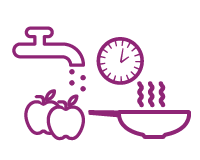
Safe food preparation
Wash fruit and vegetables2
Cook meat or poultry products thoroughly to kill germs2
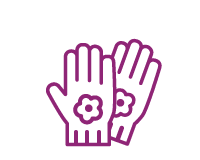
Gardening
Use gloves for any gardening activities2,3

Contact with animals
Avoid contact with pet faeces and urine
Use protective gloves and wash your hands thoroughly when you finish cleaning up after your pet2,3
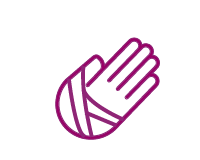
Protect yourself
Protect hands and feet from cuts or burns3,4
Sunscreen can help prevent infections4,5